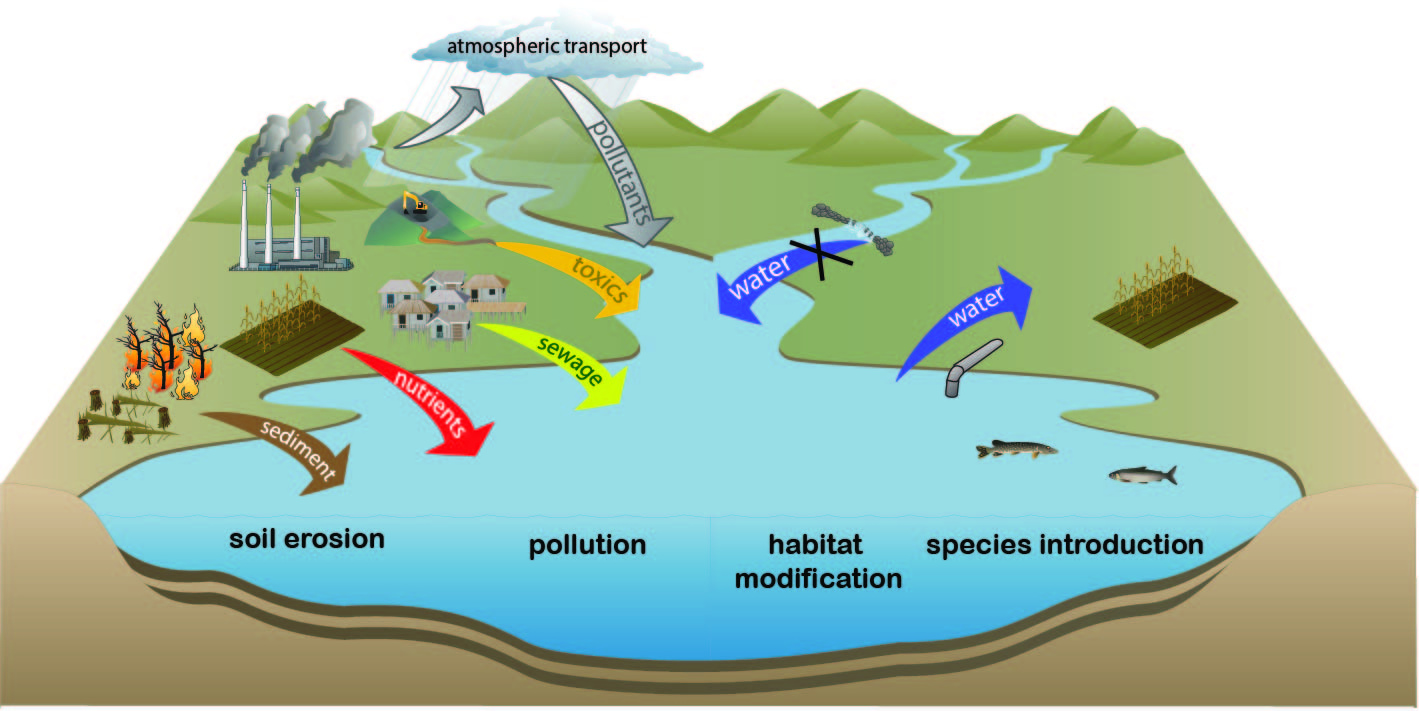- Home
- Science Introduction
- Wg
- Human Traces
- Human Traces Scientific Goals
Human Traces scientific goals
The overarching objective of the group, placing contemporary human impacts within a longer temporal context using a meta-analysis of existing Holocene records, is positioned centrally in the PAGES Human theme. Quantifying both natural variability and the slow-evolving, low-intensity anthropogenic perturbations are essential if we are to improve predictions of future environmental dynamics and inform strategies for sustainability.
Objectives
Objective 1: To contextualize the Anthropocene Epoch in a long-term, global perspective by synthesizing records of human traces in geologic archives.
This ambitious goal will be broken down into different phases to ensure it can be reached. Firstly, we will start by considering lake sediment records, as a logical continuation of the Aquatic Transitions WG. We will then initiate a discussion with the other WGs in the human dimensions of PAGES (LandCover6k, PEOPLE 3000 and DiverseK) on what is a human impact/trace in a record of broad interest.
Indicators reflecting Human Traces will subsequently be ranked in order to select the most valuable and promising proxies (e.g. repeating signals?), which the group will then focus on. The selected proxies will lead to the inclusion - or not - of their corresponding natural archive. These records will provide the opportunity to compare both drivers and responses to human impact and to identify periods of stability and change leading up to the Anthropocene Epoch.
Objective 2: To establish a database on Human Traces records, that will evolve with community needs.
This database will build on the work initiated during the Aquatic Transitions WG. By surveying the current research community, we aim to address the following questions:
- Which data have been collected by the community but not published/ publicly archived?
- What data is not being routinely collected by the community but is needed to answer research questions relating to Human Traces?
- Do current databases meet all the needs of the community?
This objective aims to identify and share best data practices. The recurring summer school will form a key part of this objective.

Linking with other working groups
In the PAGES Science Structure, centered on climate, environment and humans, this group will focus on the human aspect. In order to coordinate and integrate our efforts with the other working groups with a human dimension, we specifically plan to organize a topical science meeting on the "Human dimensions of past global changes" to which the other WGs would be invited to contribute.